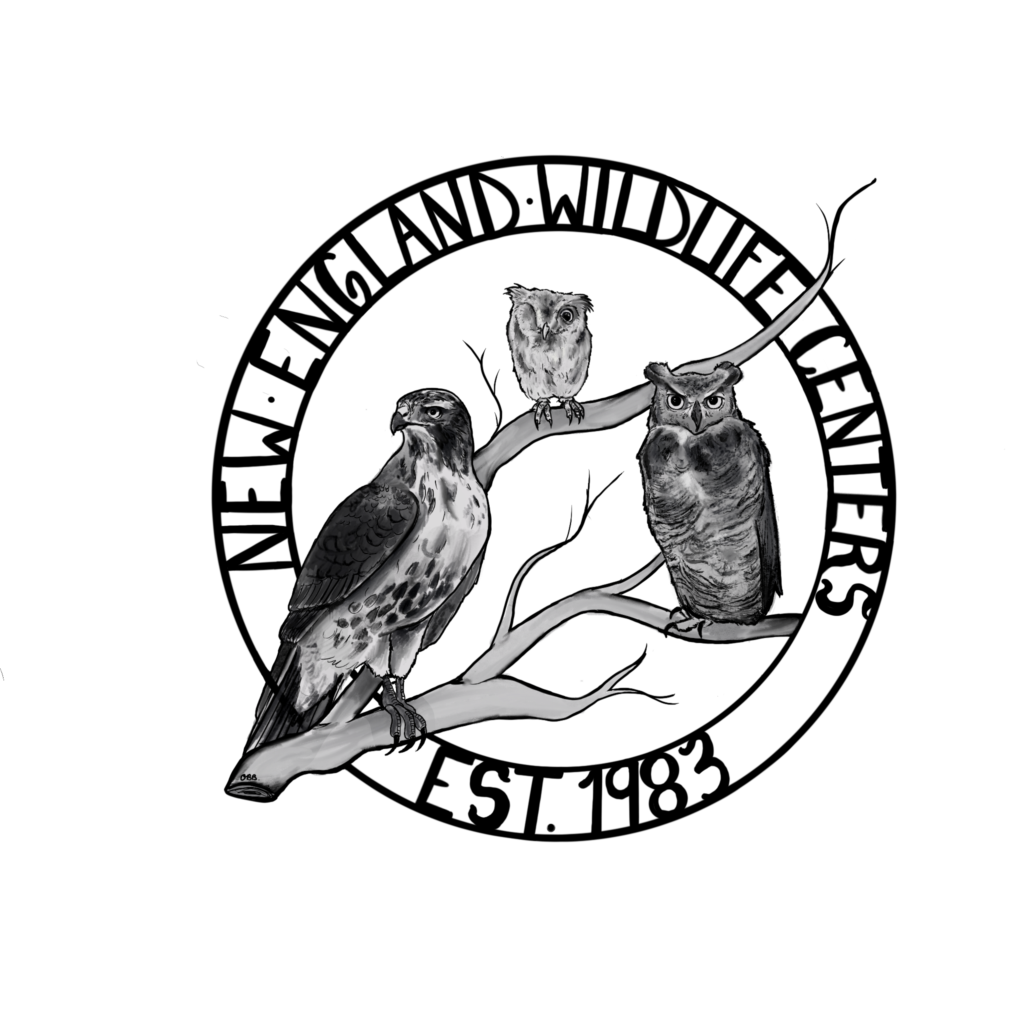Yesterday afternoon this adult Red Tailed Hawk was admitted to the Center. Upon arrival she was very weak, and was bleeding from the nose, mouth, and eyes. There were no immediate signs of physical trauma in the initial exam, which prompted our vet team to take a blood sample. The sample was very viscous and brightly colored, as you can see in the photos above. Generally it will take about two minutes for a sample to clot inside a collection vial, but in this case it took over an hour.
The packed cell volume, a test used to determine what percentage of blood is composed of red blood cells, was extremely low. This can be seen in the photo in the upper left hand corner, the dark portion at the bottom of the glass tube is the red blood cells and the remaining material is blood plasma. In a healthy bird these ratios would be must closer.
When examined together these symptoms indicate that the blood is not clotting properly, and has become too diluted to carry out normal body functions. Based on the evidence from the laboratory tests and a physical exam the most likely diagnosis is Rodenticide toxicosis.
Unfortunately, this has become a common problem in many birds of prey. Exposure happens when the bird eats a prey animal that has come into contact with a trap that contains poison. The prey animal is often left incapacitated, making them an easy meal for the hawk or owl. The poison works by inhibiting the normal clotting factors in the blood, which leads to catastrophic blood loss and a weakening of capillary beds. Secondary effects can include reduced oxygen supply, liver damage, and increased bruising. Often times the dose of poison is high enough that it will be lethal to both animals.
This hawk is currently receiving an intensive treatment of fluids and vitamin K. Vitamin K is an important cofactor in blood coagulation, and by giving an elevated dose the idea is to counteract the action of the poison. The fluids will aid in the production of new blood cells.
This is an unfortunate and avoidable problem that we encounter quite frequently. Using safe alternatives to poison traps eliminate the risks to birds of prey, humans, and other wildlife.


